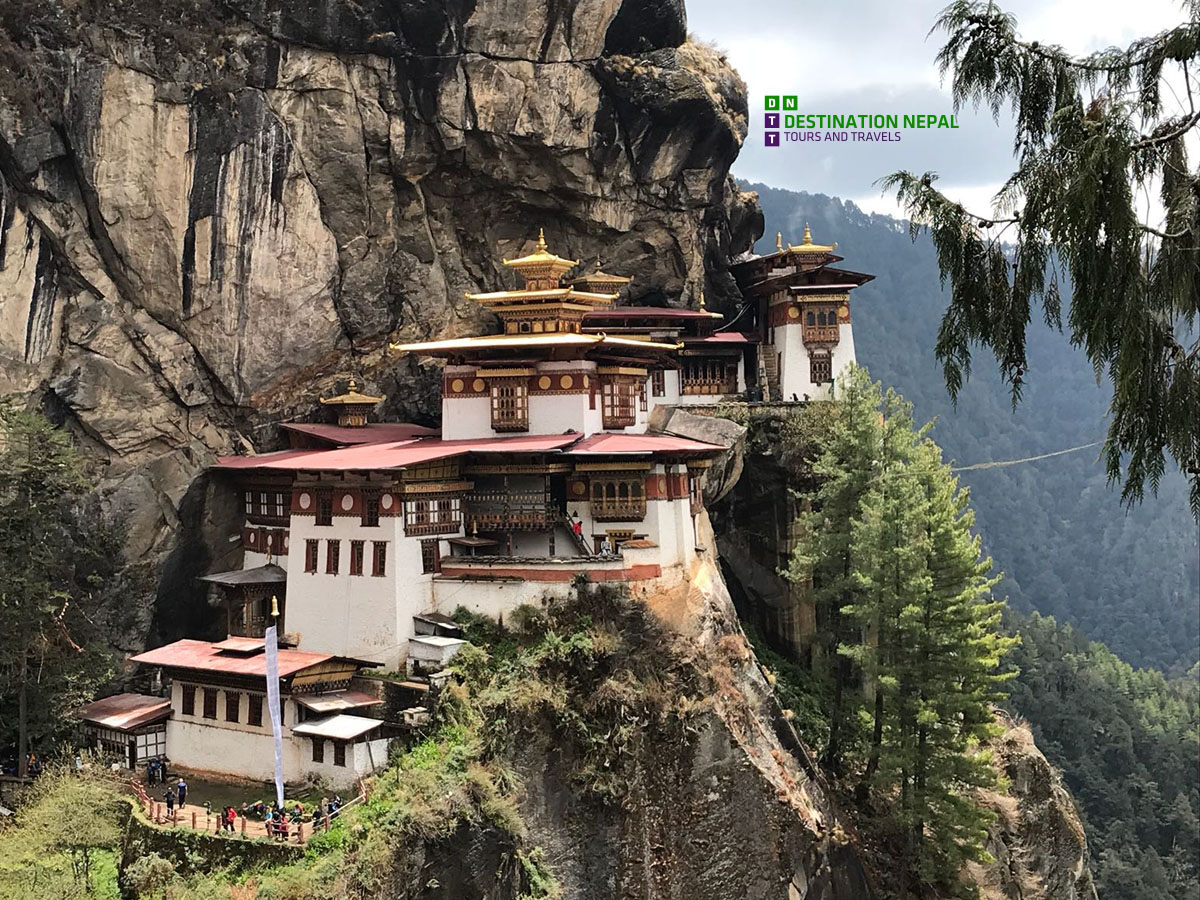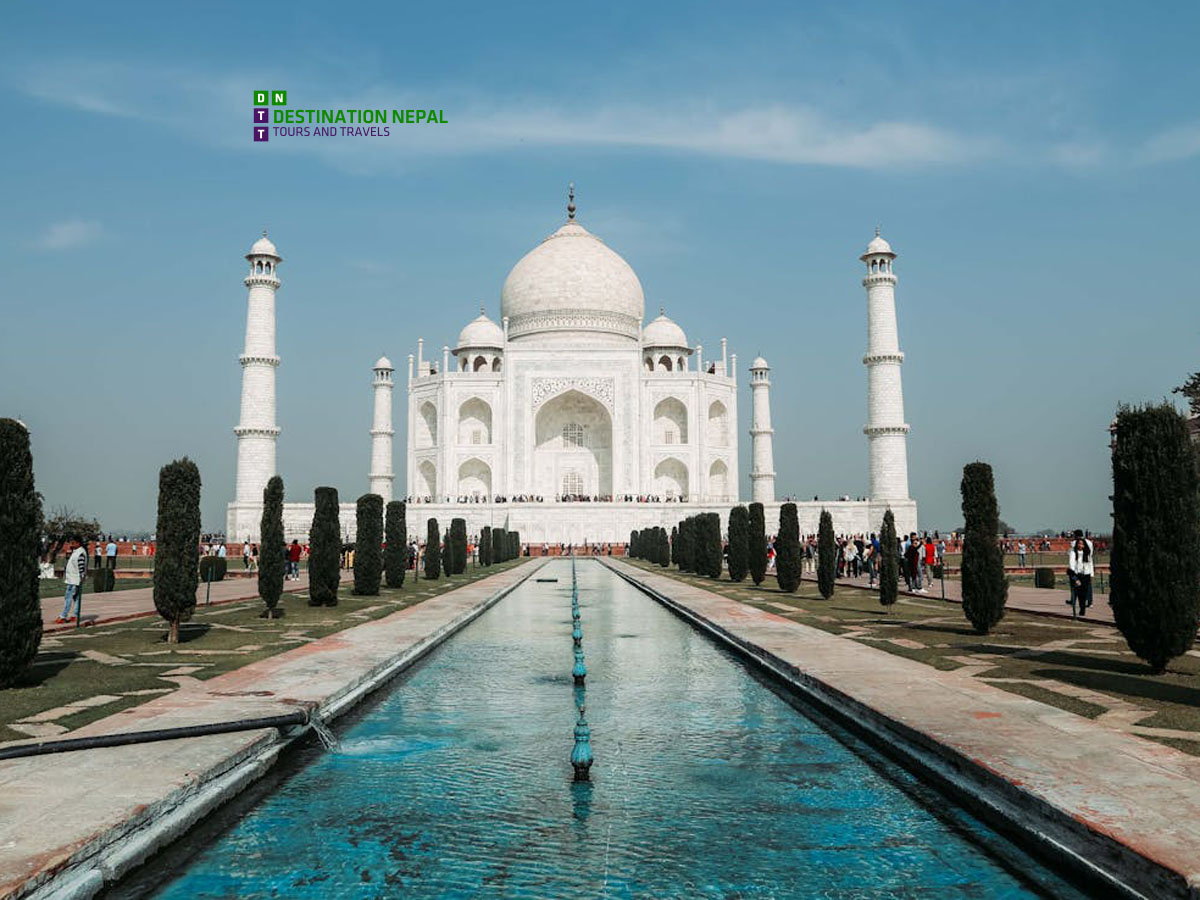Changu Narayan Temple
Changu Narayan Temple, situated atop a majestic hill commanding breathtaking views of the Kathmandu Valley, is one of Nepal’s oldest and most revered temples. Dedicated to Lord Vishnu, this UNESCO World Heritage Site is a treasure trove of history, art, and spirituality, making it an iconic destination for visitors seeking cultural and religious experiences.
The Changu Narayan Temple, renowned for its intricate wood and stone craftsmanship, stands as one of the finest examples of Nepalese architecture. The temple’s history dates back to the 3rd century AD, as evidenced by inscriptions from the reign of Lichchavi King Mandeva in 464 AD. These inscriptions make Changu Narayan the earliest recorded sacred site in Nepalese history. Although the current structure was likely built in the 17th century, it incorporates older elements preserved through successive restorations. The pagoda-style temple is adorned with masterpieces of Nepalese art from the 5th to 12th centuries.
Key Highlights of Changu Narayan Temple
1. Viswo Roop
This 8th-century sculpture depicts Lord Vishnu in his universal form reclining on a serpent bed, symbolizing endless water. It is one of the most striking representations of Lord Vishnu’s all-encompassing nature.
2. Vishnu Vikranta
Another 8th-century masterpiece, this stone bas-relief shows Vishnu in his powerful form, measuring the cosmos with his feet. It symbolizes Vishnu’s cosmic significance and omnipotence.
3. Vishnu Mounted on Garuda
This sculpture portrays Lord Vishnu riding his vehicle, Garuda, the mythical man-bird. This dynamic imagery captures the divine connection between Vishnu and his loyal mount.
4. Nr-singha Vishnu
This unique representation of Vishnu in his half-human, half-lion form showcases his role as the destroyer of evil. It is a powerful symbol of protection and justice.
The Mythological Significance
The origins of Changu Narayan Temple are steeped in legend, adding to its sacredness. According to mythology, Lord Vishnu once mistakenly killed a Brahmin, believing him to be a demon. Realizing his grave error, Vishnu roamed the earth on his mount Garuda, eventually settling on the hill at Changu. There, he lived in anonymity, surviving on milk stolen from a hermit sage named Sudharshan. Upon discovering the theft, Sudharshan attacked Vishnu and unknowingly freed him from his sins. This act sanctified the site, which has been revered ever since as a place of divine redemption.
Important Visit Days
Changu Narayan Temple is open throughout the year, but it holds special significance during major Hindu festivals such as Haribodhini Ekadashi and Vishnu Jatra. These celebrations attract devotees and visitors, offering a unique opportunity to witness the temple’s spiritual vibrancy and cultural grandeur.
You can find tour package here: Nepal Tour Packages
If you want to see what our customers are saying about us in their reviews: TripAdvisor




